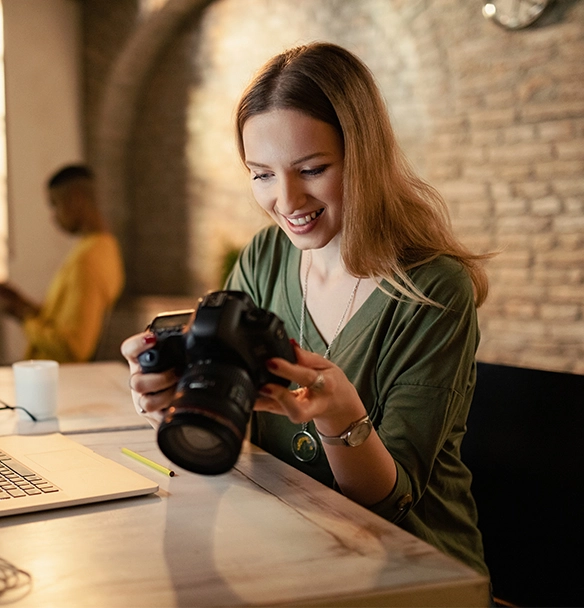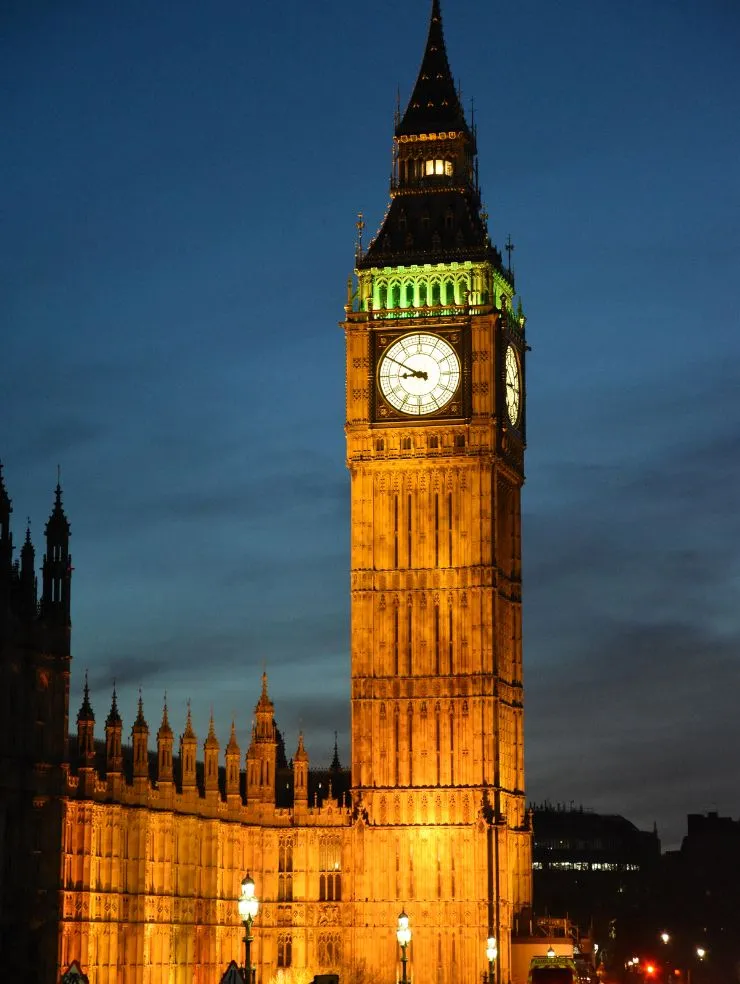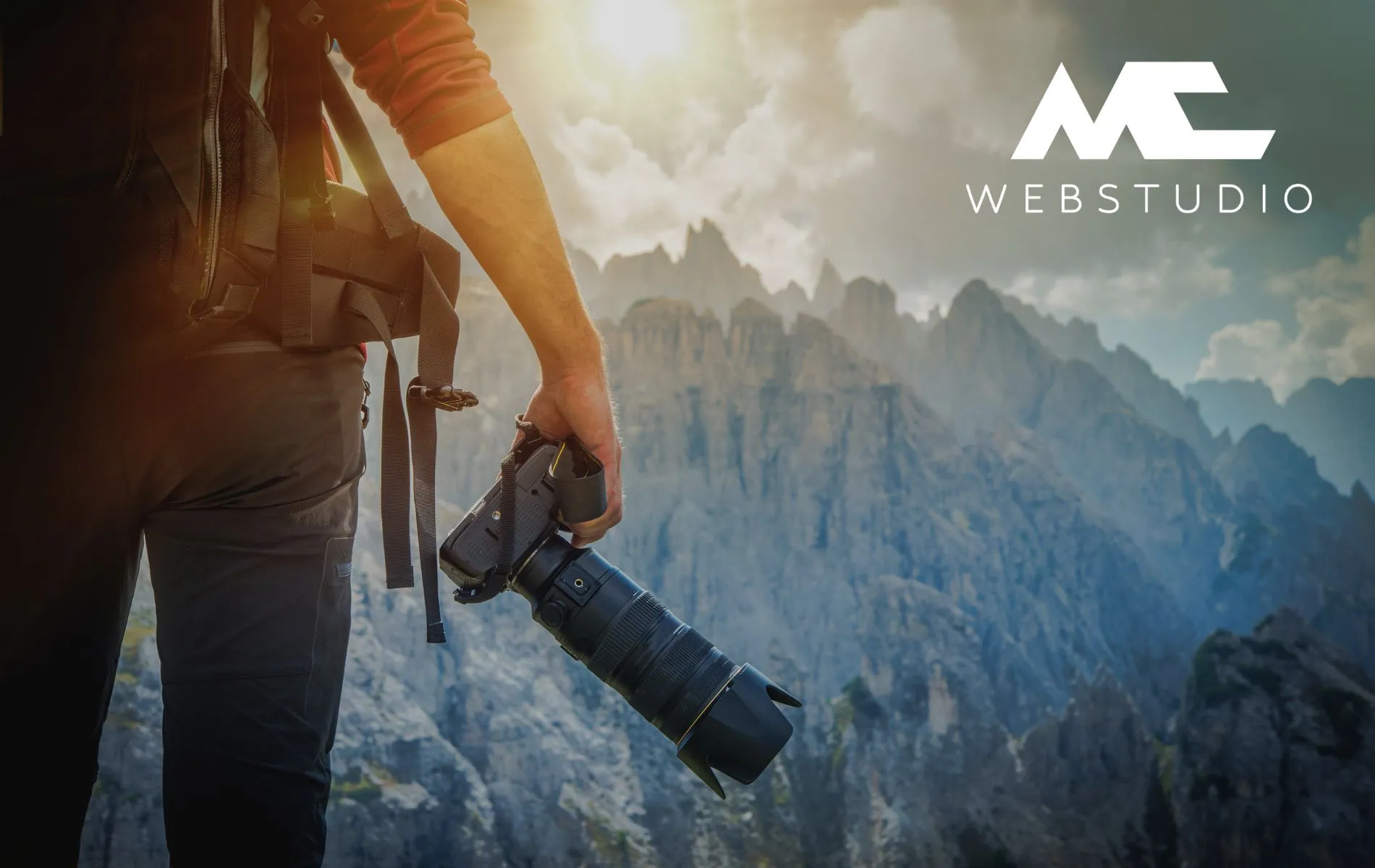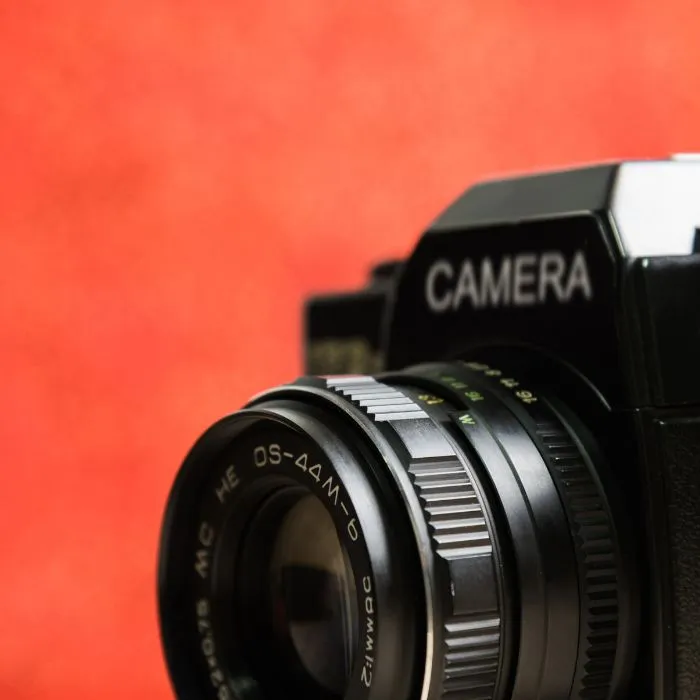SEO for Photographers
Having a strong online presence is crucial for businesses in order to distinguish themselves from rivals and attract potential clients. That’s where Search Engine Optimization (SEO) comes into play. Using SEO strategies such as optimizing keywords and building links can effectively boost your business’s search engine performance, resulting in escalated website traffic and increased client bookings.
This comprehensive guide provides tailored tactics that can enhance your photography services’ visibility on the internet, enabling you to capture the attention of prospective customers effortlessly when they conduct searches related to your business offerings.
Photography SEO Guide
Introduction to SEO
SEO, or Search Engine Optimization, is the art and science of making your website more appealing to search engines like Google and Bing. For photographers, understanding SEO is crucial as it directly influences how easily potential clients can discover your services online.

What is SEO for Photography?
Guaranteed Results
SEO involves various techniques aimed at increasing the visibility of your website in search engine results pages (SERPs). This is achieved by optimizing both the content and the structure of your site so that search engines can easily understand and rank it for relevant queries. High visibility in search results increases the likelihood that potential clients will click through to your website.
Quality Services
Think of SEO as finetuning the digital aspects of your photography business. Just as you adjust camera settings to capture the perfect shot, SEO adjusts various elements of your website to ensure optimal performance in search results. This includes making sure your site is "healthy" — fast, mobile-friendly, and easily navigable by both users and search engine algorithms.











Why is Photography SEO Important?
Understanding key SEO terms and principles is essential for effectively optimizing your dental practice’s online presence. Here are some foundational concepts to get you started:
01. Increased Visibility
02. Cost-Effective Marketing
03.Targeted Reach
04. Enhanced Local Visibility
05. Trust and Credibility
How Do Search Engines Work?

What is Keyword Research?
Keyword research is a critical process where you identify the terms and phrases that potential clients use in search engines when looking for photography services. These are the keywords that will guide your SEO strategy, helping to align your website’s content with the queries of your target audience, thus improving your visibility in search results.
Why is Keyword Research Important for Photographers?
Targeted Marketing : Understanding what your potential clients are searching for allows you to tailor your website’s content to meet their needs, making it more likely they'll find your site when they need photography services.
Content Relevance : By targeting the right keywords, you can create content that addresses the specific interests and questions of your audience, which improves engagement and increases the likelihood of conversions.
Competitive Edge : Knowing the keywords your competitors are targeting can help you focus on niche areas that may be under-utilized, giving you an advantage in those segments of the market.
How to Conduct Keyword Research?
List Relevant Topics: Start by listing topics that are relevant to your photography business, such as types of photography, locations, and any specific services you offer.
Use Keyword Research Tools: Tools like Google Keyword Planner, SEMrush, or Ahrefs can help you find keywords related to your topics, showing you the search volume, competition level, and trends for each term.
Consider Search Intent: It’s crucial to understand why someone would search for a particular term—whether they’re looking to hire a photographer (transactional), looking for tips on placement for best lighting (informational), or comparing photography services (navigational).
Example of Keyword Optimization
For a food photographer, effective keywords might include "food photographer in [City Name]," "top restaurant photography in [City Name]," and "affordable food photography near me." Each of these keywords is tailored to capture specific search intents and demographics, enhancing your visibility to the most relevant audiences seeking your specialized services.
On-Page SEO Techniques
What is On-Page SEO?
Key Elements of On-Page SEO
Title Tags and Meta Descriptions: These HTML elements provide an overview of your page’s content. Your title tag should include relevant keywords and be enticing enough to encourage clicks. Meta descriptions, while not a ranking factor, influence click-through rates by providing a concise summary of the page.
Header Tags (H1/H2/H3 up to H6): Correct use of header tags plays a crucial role in structuring your content for both readers and search engines. The H1 tag, in particular, should encapsulate your primary keyword and be used just once per page to clearly highlight the main topic. This practice helps ensure clarity and focus, guiding both your audience and search engines through the key theme of your content.
URL Structure: WordPress has excellent URLs should be concise and include keywords. For photographers, a URL like "www.yourdomain.com/vancouver-wedding-photography" is more effective than "www.yourdomain.com/photography-service-page-123".
Alt Text for Images: Since photography websites are inherently image-heavy, optimizing alt text with relevant keywords can improve the visibility of your photos in image searches and contribute to overall SEO performance
Content Quality:High-quality, relevant content is crucial. Incorporate your targeted keywords naturally, provide valuable information about your photography services, and ensure the content is engaging to capture the visitor's interest.
Internal Linking: Use internal links to guide visitors to related content on your site. This not only improves user experience but also helps spread link equity to other pages, boosting their search engine visibility. .
Why Is On Page SEO is Important for Photographers?


Why Is Off-Page SEO is Important for Photographers?
Off-page SEO enhances your website's authority and credibility. High-quality backlinks from well-regarded sites indicate to search engines that your content is valuable, potentially boosting your rankings in the search engine results pages (SERPs). Additionally, positive reviews act as social proof, influencing potential clients to prefer your services over your competitors.
Off-Page SEO Strategies
What is Off-Page SEO?
Off-page SEO encompasses all the strategies implemented outside your website to influence your rankings within search engine results pages (SERPs). For photographers, this usually includes creating backlinks, engaging in social media marketing, and managing online reviews, all of which work together to boost your site's authority and trustworthiness.
Key Components of Off-Page SEO
Link Building: Effective link building encourages collaboration and networking opportunities, allowing you to establish partnerships with other influential websites and blogs. These connections can be crucial for long-term digital marketing strategies, broadening your audience and increasing your site's trustworthiness and authority over time. For food photographers, this means attracting engagements from culinary blogs, restaurant websites, and food magazines, each capable of directing highly relevant traffic to your portfolio.
Social Media Engagement: While social media signals do not directly impact search rankings, they can amplify the reach of your content and increase the chances of getting more backlinks. As a photographer, platforms like Instagram, Pinterest, and Facebook are invaluable for showcasing your work, engaging with your audience, and driving traffic back to your website.
Guest Blogging: Writing articles for other blogs can provide exposure and include links back to your site. Choose reputable sites related to photography or local businesses in your area to write for.
Online Reviews: For local businesses, including photographers, online reviews on Google My Business, Yelp, and other review sites can significantly influence local search rankings. Encourage satisfied clients to leave positive reviews and always respond professionally to any negative feedback. Why Off-Page SEO is Important for Photogra
Best Practices in SEO for Photographers
Prioritize User Experience (UX)
Optimizing for user experience is crucial. A well designed website that loads quickly, displays beautifully on mobile devices, and is easy-to-navigate can significantly reduce bounce rates and increase session durations, both of which are considered positive signals by search engines
Focus on High Quality Content
Content is king in SEO. For photographers, this means regularly updating your website with high quality images, engaging blog posts, and detailed service pages that highlight your expertise. Use natural language that resonates with your audience and includes the keywords you've identified through your research.
Use Rich Media
Since photography is a visual medium, leverage rich media like videos, infographics, and client testimonials. These elements not only enhance user engagement but also provide opportunities for additional keyword placement and can improve your search rankings.
Regularly Update Your Portfolio
Keep your portfolio fresh and updated with your latest work. This not only demonstrates your ongoing activity and relevance to both potential clients and search engines but also increases the chances of your content being shared and linked to.
Implement Structured Data
Implement schema markup on your website to give search engines detailed information about your photography business, such as the services you offer, customer reviews, and contact details. Utilizing schema helps to create rich snippets in search results, which can significantly enhance your visibility and increase the likelihood of users clicking through to your site
Monitor Your SEO Performance
Utilize tools such as Google Analytics and Google Search Console to monitor your website's performance effectively. Analyze metrics like traffic sources, conversion rates, and keyword rankings to discern which aspects of your SEO strategy are successful and which need adjustment. This ongoing evaluation helps you refine your approach and keep pace with evolving SEO trends.
Build Local SEO
For many photographers, local clientele is key to business success. To enhance local SEO, incorporate keywords specific to your region, ensure your business is registered with Google My Business, and secure listings in local business directories.
SEO For Photographers 📸: Frequently Asked Questions

Conclusion
Get In Touch With MC Web Studio